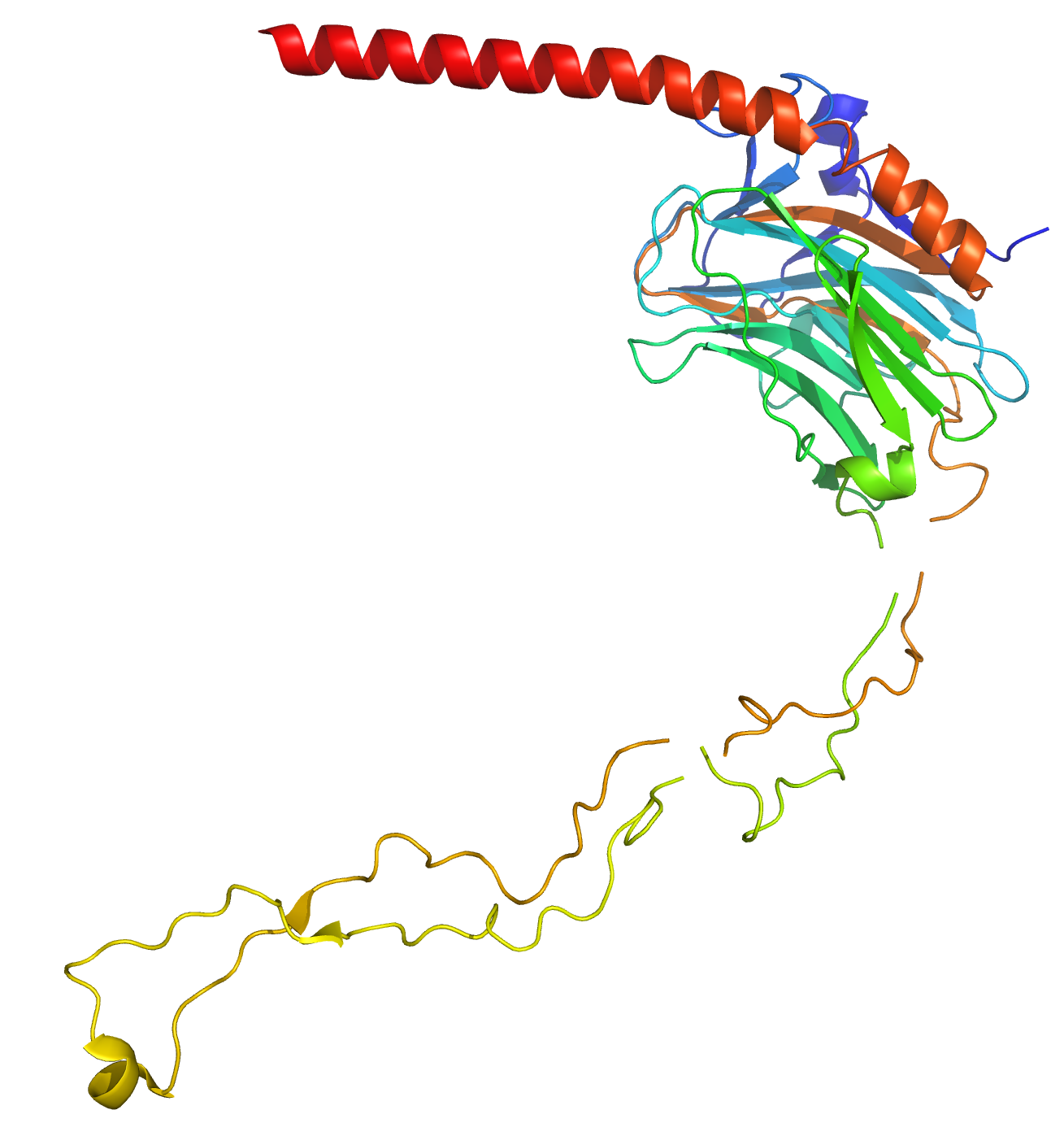CALR-ETdb | Calreticulin variant database involved in essential thrombocythemia
Biological context

Goal
This project aims to compile all the variants of Calreticulin involved in essential thrombocythemia within the same database, namely CALR-ETdb. Unlike JAK2 and MPL which are characterized by a limited number of variants associated to ET and MPNs, CALR-ET variants are numerous. An issue is that it can be complicated to have access to all CALR-ET variants. Hence, this database has the advantage of providing the most complete list of CALR-ET variants with varied informations associated. The variants of the database have been extracted from COSMIC database and the literature. Each variant is associated to its sequence, but also its type as described in the literature (type 1-like, type 2-like or others). We propose here an extension with new classes, ranging from A to E to summarize more precisely the diversity of CALR-ET variants. We also provide structural informations with the prediction of secondary structure and the proposition of 3D structural models.
Website
The website is divided in 8 pages:- "Home", i.e. this page.
- The variants of the database are accessible via the "Search" page.
- "Statistics" that provide a complete view of all the variants of CALR-TE.
- How to use the database is explained on the "Help" page.
- Methods and details such as the extended classification are provided on "Methods" page.
- The complete list of all CALR-ET variants available in the database can be found on the "List" page.
- The CALR-ET publications are shown on the "Publications" page.
- "Contact"page.
References
Araki, M., & Komatsu, N. (2020). The role of calreticulin mutations in myeloproliferative neoplasms. International Journal of Hematology, 111(2), 200-205.
Kampfl, T., Gisslinger, H., Harutyunyan, A. S., Nivarthi, H., Rumi, E., Milosevic, J. D., ... & Chen, D. (2013). Somatic mutations of calreticulin in myeloproliferative neoplasms. New England Journal of Medicine, 369(25), 2379-2390.
Nangalia, J., Massie, C. E., Baxter, E. J., Nice, F. L., Gundem, G., Wedge, D. C., ... & Aziz, A. (2013). Somatic CALR mutations in myeloproliferative neoplasms with nonmutated JAK2. New England Journal of Medicine, 369(25), 2391-2405.